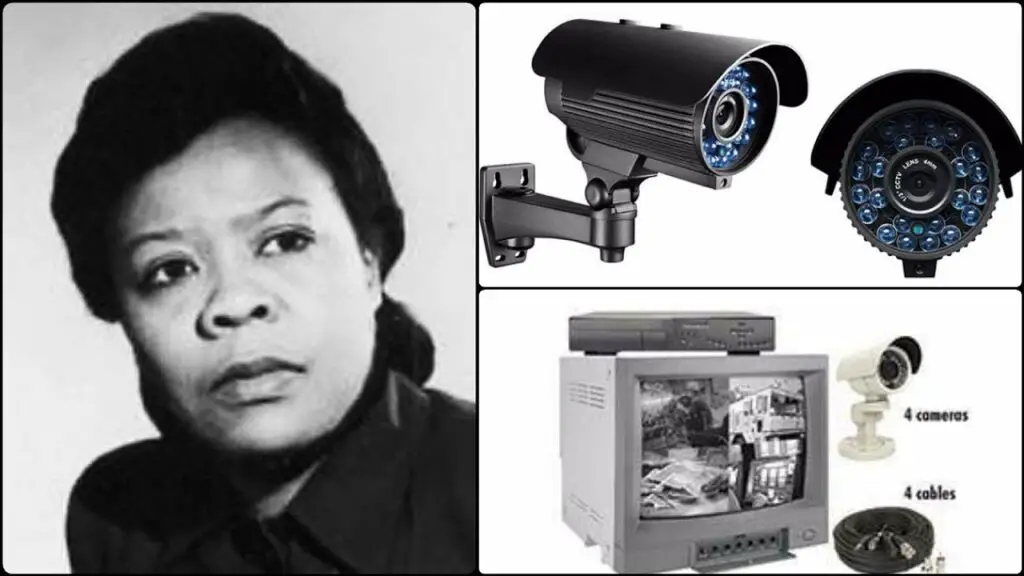Throughout history, Black scientists and inventors have made groundbreaking contributions that have shaped the modern world, often without receiving the widespread recognition they deserve. Many everyday technologies, medical advancements, and safety innovations exist today because of the brilliance and perseverance of Black innovators. From lifesaving medical discoveries to devices that power the digital world, their contributions are woven into our daily lives. Below are four mind-blowing Black scientific discoveries that you likely use every day.
1. The Super Soaker – Lonnie Johnson

On the surface, a water gun may seem like a fun toy, but the invention of the Super Soaker by aerospace engineer Lonnie Johnson was an incredible feat of engineering that had broader applications beyond playtime. While working on a cooling system for NASA’s space program in the late 1980s, Johnson accidentally discovered a way to shoot high-pressure streams of water with remarkable force. This discovery led to the creation of the Super Soaker, one of the most successful toys of all time, selling millions worldwide.
Johnson’s expertise wasn’t limited to toy design—he worked as a nuclear engineer for the U.S. Air Force and contributed to NASA’s Galileo mission to Jupiter. His work in energy storage also led to innovations in rechargeable battery technology, which continues to shape the future of sustainable energy solutions. From kids playing in the backyard to advancements in battery efficiency, Johnson’s discoveries have left an enduring impact on both entertainment and technology.
2. The Home Security System – Marie Van Brittan Brown

Marie Van Brittan Brown, a nurse and inventor, revolutionized home security in 1966 when she co-patented the first-ever home surveillance system. Concerned about rising crime rates and slow police response times, Brown designed a closed-circuit television (CCTV) system that allowed homeowners to monitor visitors at their doors using a camera and a TV monitor. Her invention also included a two-way microphone and remote-controlled locks, enabling homeowners to communicate with and control access to their homes.
Brown’s innovation laid the foundation for modern security systems used in homes and businesses worldwide. Today, features like video doorbells, motion detectors, and remote-controlled security systems all stem from her original concept. Her work has empowered millions of people to feel safer in their homes while advancing the field of home security technology. Whether you use a smart doorbell or a full security system, you’re benefiting from Brown’s groundbreaking work in home protection.
3. The Traffic Light – Garrett Morgan

Garrett Morgan, an inventor and businessman, revolutionized road safety with his invention of the modern three-light traffic signal in 1923. Before his design, traffic signals had only two positions: stop and go, leading to frequent accidents when drivers had no warning of an impending change. Morgan’s version introduced the yellow light as a transitional phase, giving drivers time to slow down and reducing collisions. His innovative design became the foundation for the traffic signals we rely on today at intersections around the world.
Beyond the traffic light, Morgan also created the first version of the gas mask, which was later used in World War I to protect soldiers from toxic gas exposure. His work in public safety earned him multiple patents and lasting recognition in the field of engineering. Without Morgan’s contributions, modern transportation infrastructure would be far less efficient and significantly more dangerous. Whether you’re commuting to work, walking through a crosswalk, or waiting at a red light, you have Garrett Morgan to thank for keeping you safe on the road.
4. The Carbon Filament for Light Bulbs – Lewis Latimer

While Thomas Edison is often credited with inventing the light bulb, it was Lewis Latimer, an African American inventor and engineer, who played a crucial role in perfecting it. In 1881, Latimer developed a longer-lasting carbon filament, significantly improving the bulb’s durability and efficiency. Before his innovation, early light bulbs burned out quickly and were too costly for widespread use. His breakthrough made electric lighting practical and affordable for homes and businesses, helping to illuminate the modern world.
Latimer was also a talented draftsman who worked closely with Alexander Graham Bell on the patent for the telephone. His contributions extended to the development of electric lighting systems in major cities, including New York and London. Thanks to his ingenuity, millions of people today enjoy reliable indoor lighting, making daily life, work, and leisure activities far more convenient. The next time you flip on a light switch, remember that Latimer’s work made it possible for light bulbs to shine brighter and longer.
